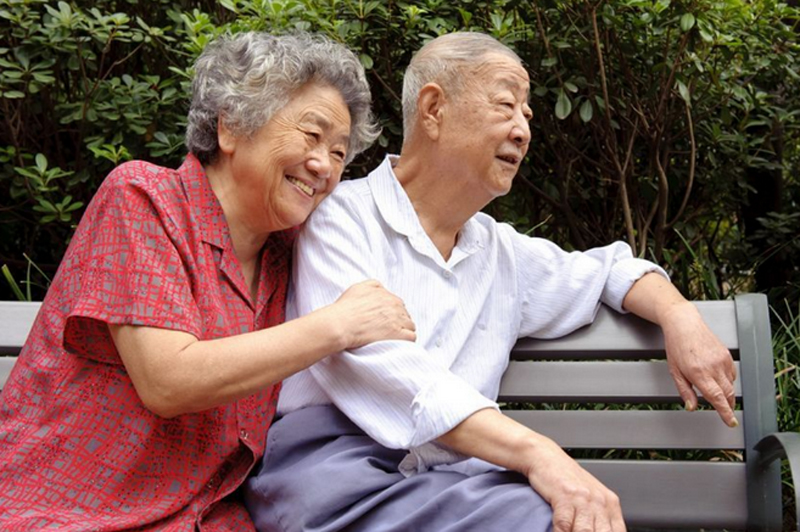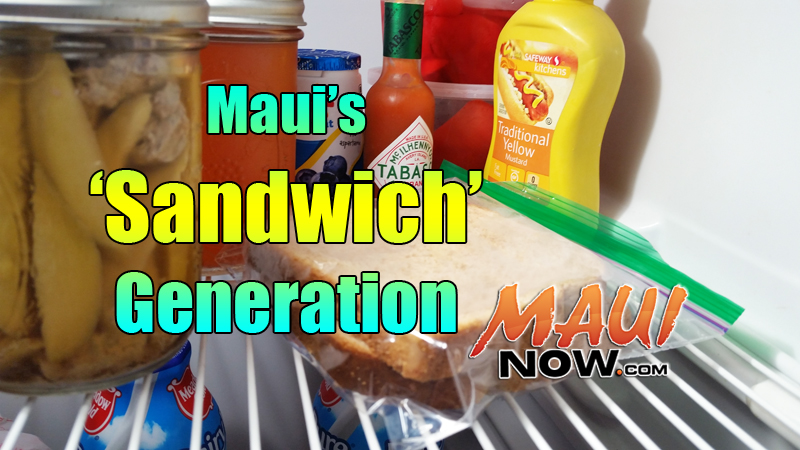Maui’s ‘Sandwich Generation’: Caring for ʻOhana and Oneself

Qi Feng/123rf.com
“Caring for ‘ohana is something most people don’t stop to ‘think’ about; they just do it,” said Maui County Executive on Aging, Deborah Stone-Walls in anticipation of a recent Family Caregivers Conference held on Maui.
“Whether based on ideology or cultural upbringing, it’s one of the concepts that holds strong in Hawai‘i. That doesn’t mean the life of a caregiver is easy, and there’s no ‘how-to’ book on caregiving. Therefore, caregivers often feel like they’re on their own. Caregivers learn to deal with life through discussion with family and friends. The truth is, family caregivers deserve as much help and support as possible,” she said.
As Maui’s population ages, the number of families who need to care for their loved ones at home is also rising.
According to a survey by the Maui County Office on Aging, the majority of family caregivers are female, married, between the ages of 40-69, and experience moderate to high levels of stress.
The Maui County survey showed that the primary sources of concern of family caregivers are financial, personal health, and the future care of the care recipient.
A report by AARP shows that family caregivers in Hawai‘i today are providing more complex, costly, stressful, and demanding care services. Transportation, home management, shopping, medical help, financial assistance and financial management are just some of the primary services provided by family caregivers, MCOA reports. In 2013 alone, Hawai‘i’s family caregivers collectively provided unpaid care valued at $2.1 billion.
However, without the help of family caregivers, the economic cost to the US health and long-term services and supports systems would exponentially increase, according to AARP.
Another challenge that comes with the increasing older population is the declining growth of the labor force on Maui. The Department of Planning General Plan 2030 shows that the wage-earning population on the island supporting seniors and children is forecast to proportionally decline, as most of the older population enters retirement.
According to Maui County Program Specialist on Aging, James Mariano, “The job market for family/informal caregivers is very tough as many don’t see it as a ‘paying job’. Some have had to quit or forgo a job just to take care of an aging parent.”

Maui’s ‘Sandwich Generation’: It’s not what you think. Maui Now image.
“If you are a person taking care of an aging parent as well as your own children, that’s called the ‘sandwich generation.’ It can be really tough all around. Many seniors live on a fixed income and often that alone doesn’t pay for all the necessities in life: rent or mortgage, food, medications, and so forth,” said Mariano.
The projected population growth also shows that fewer of the younger generation will be able to support the number of people living longer and the Baby Boomers who are now reaching retirement.
“People are also living longer (into their 90s) because of technology and medical advancements but many are doing so while having to manage one or more chronic illness or condition,” said Mariano.
“And depending on how one has planned for aging, the reality of one’s finances come into play when determining how they’ll pay for care and help. Most people want family to provide the care, but the reality is sometimes far from that. When referring to family caregivers, we are talking about unpaid and often times untrained individuals who are the de facto helpers,” Mariano added.
Francisco Jimenez Salgado, for example, is a Lahaina resident who takes care of Jeff Miller – a 57-year- old male living with dementia. Salgado said Miller’s two children are in their late 20’s and live near his house; however, they are business owners and work during the day including his wife. So they asked Salgado, a family friend to take care of Miller.
“What motivates me to care for our elders is knowing that I’m helping out family friends who have also helped us,” said Salgado. “By giving them peace of mind knowing that their family member is being watched over and having a good time regardless of their condition.”
Mariano concluded that family caregivers need to recognize when they need help. Otherwise, they won’t have time to follow-up on county resources or even take care of their own health.
Mariano best describes it through an analogy, saying, “The example I like to give is what you see the flight attendants do when you fly. Each adult passenger needs to do their own oxygen mask and take in oxygen before they can help someone else. Same concept with caregiving.”
“At the Office on Aging, we have a number of programs and service to support caregivers: respite, help in the home, transportation, counseling, caregiver stress management, exercise classes. Often times, the biggest factor is Time. Time to allow for a change in scheduling and bringing in help from the outside,” said Mariano.










